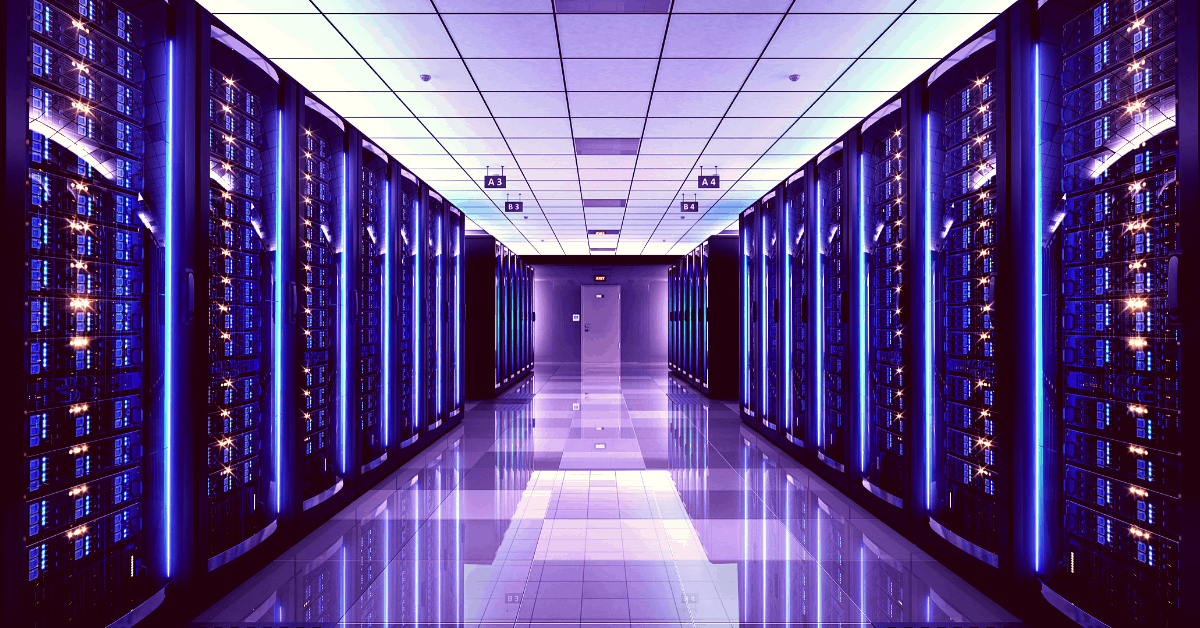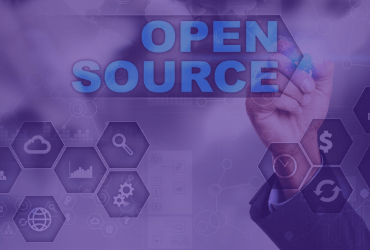Decentralization is calling for the expansion of workloads outside the data center. But is the approach relevant for any business workload? Let us find out.
The Data Center Still Fits for Highly Demanding Workloads
The data center is great for workloads that do not need real-time data processing, low latency and high responsiveness. For instance, monthly billing processing, data indexing, and archiving can only be successful with high-capacity servers. They require long hours of compute, lots of storage and can stand average network connections.
Example #1 of Data Center Workload: Monthly Billing Processing
In telcos for example, monthly billing processing is a critical operation. These companies have to process service usage for millions of subscribers. They will generate bills that are then emailed or printed for post mail. The same procedure will update information in the account management applications too.
Most of the time, the billing period will require to scale server resources up for a few days or hours. It sometimes mobilizes database and system administrators during long nights.
Colossal billing operations are better handled in the data center.
Example #2 of Data Center Workload: Database Management
For some companies, collected business data can grow very quickly to hundreds of petabytes. This means companies use more heavy-load storage, servers, and database management systems.
For any application that uses relational databases (such as MySQL or Microsoft SQL Server), the speed to run a query is essential. While some queries will list data records, others will select and compare information from different tables and even do some calculations. In any case, applications are highly dependent on the retrieved data to function.
Database administrators use to index or re-index databases to increase the speed of data retrieval. This operation requires processing power that is only available in a data center.
The Data Center Cannot Provide Real-Time Processing Outside
In the other hand, the data center fails when it comes to enabling immediate responsiveness for services outside of it. When users are located in several geographic locations, far from a data center, network latency has a negative impact on their experience. We are speaking of mobile applications for instance, but there is more.
Manufacturing: Smart Factories Are In Need of Performance
Real-time data analysis and collection from sensors in connected devices is absolutely essential in “smart factories”. With system automation, these premises become autonomous in running manufacturing operations. Only computing on site or close to it can get manufacturers to the level of responsiveness and productivity they want. This is not only a matter of performance, but also of competitiveness for the manufacturing company.
Retail: The In-Store Digital Transformation Can No Longer Sustain Delays
Decentralization is becoming much more common in the retail industry for several reasons. Real-time data analytics related to supply chain and customer experience are becoming critical. In-store sales are still driving online sales by far. So, retail companies are always looking to avoid product shortages and improve customer experience on site.
Healthcare: Every Second Counts When You Are Saving a Life
The data center is simply not a viable long-term solution for telemedecine. Of course, data centers are relevant to store healthcare data. But, critical medical applications require real-time metrics, and telesurgery relies on extreme precision for imagery. These scenarios cannot suffer delays in processing, with data sent over the network to long-distance data centers.
Start Considering Moving Workloads Off the Data Center!
You need to start looking at decentralization solutions now before you are forced to do it to stay competitive. Re-think your current architecture and see the gaps that distributed systems can fill successfully. Where the data center fails, decentralization will win!
Within the data center, make sure you improve your workloads too. There are lots of idle resources that can be simply shut down. If you are using virtualization, you can benefit from auto-scaling features if your platform or provider offers them. With this, you are sure to run only the resources that you actually need.
We recommend that you consult with your IT team, and get more information about the current state of your systems. Then, you’ll be able to use this information to gain actionable insights, and take the proper steps for your business.





